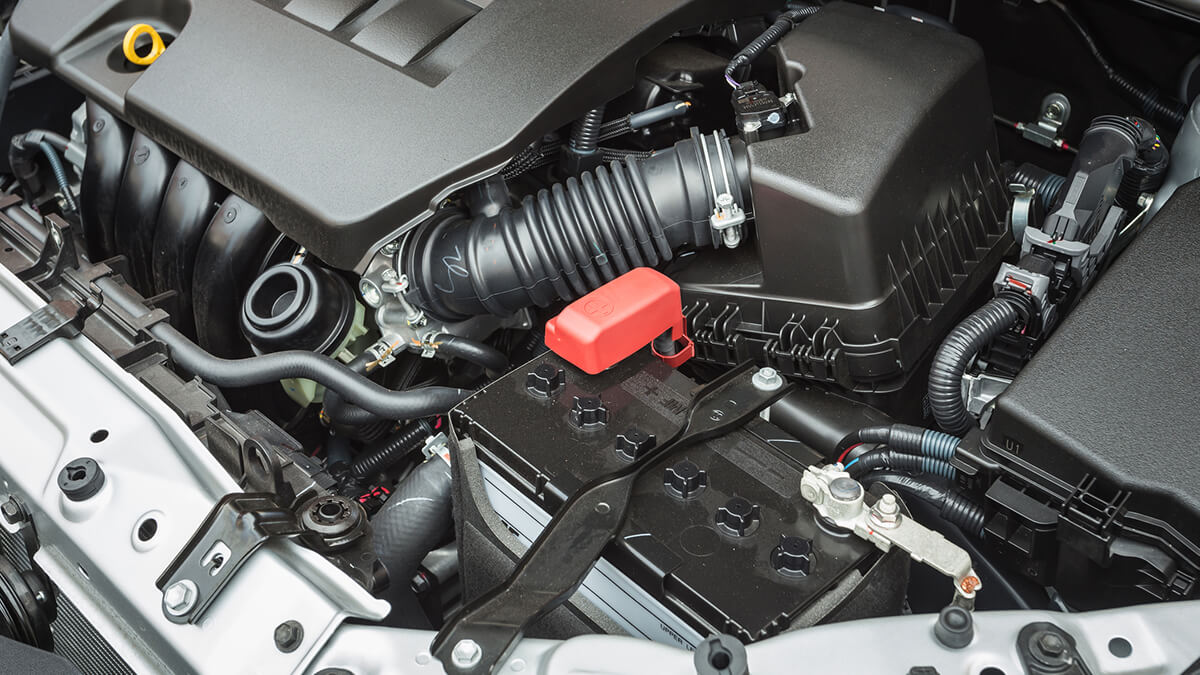Boring Machine is different from other machine tools and mainly suitable for boring machine processing.
What is boring machine?
Machine tools are divided into many types according to their functions, and one of which is a boring machine.
The boring machine can also be called boring. A boring machine mainly uses a boring tool to boring the object. After the object is fixed and stationary, the boring tool moves and rotates for processing.
Type of boring machine:
There are many types of boring machines. Common types include horizontal boring machines, floor boring machines, diamond boring machines, and coordinate boring machines.
-
Horizontal boring machine:
Suitable for small batch production and repair workshops; it is the boring machine with the highest performance and the most widely used.
-
Floor boring machine:
Fix the objects on the floor platform, suitable for processing large or heavy objects, suitable for heavy machinery manufacturers.
-
Diamond boring machine:
Use diamond or hard alloy cutting tools to accurately boring with small feed and high cutting speed. It can complete the boring process with small surface roughness. It is mainly suitable for large batches.
-
Coordinate boring machine:
With precise coordinate positioning, it can perform line drawing, coordinate measurement, scale, and other work. It is more suitable for high-precision shapes, sizes, and holes distances, for small and medium batch production or for tool shops.
In addition, there are vertical turret boring and milling machines and deep hole boring machines.







.png)






